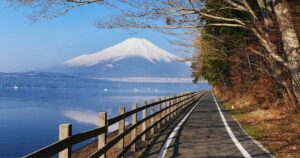When you travel to Japan, one big question is: should you buy a Japan Rail Pass vs Tickets?
It depends a lot on your trip plan, how far you go, and how many places you want to visit.
In this article, we explain the key points about the Japan Rail Pass comparison with regular tickets, and share ideas on when each choice is better.
We also look at the Japan train pass cost and how you can save money on your trip.
What is the Japan Rail Pass?
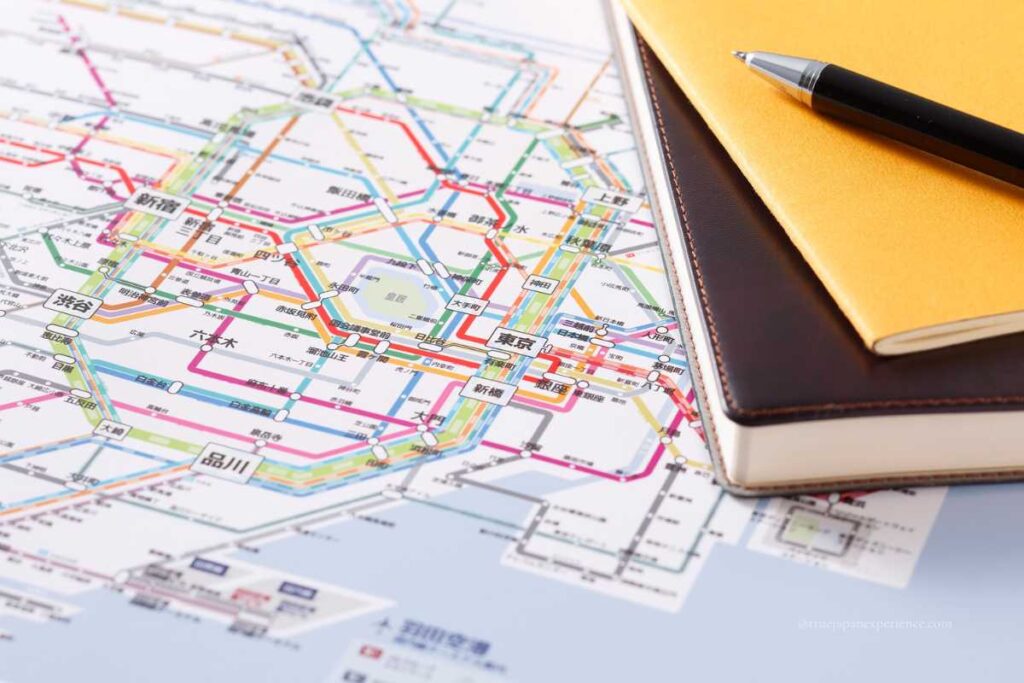
The Japan Rail Pass (JR Pass) is a special train ticket made just for tourists.
You buy it before you come to Japan. It lets you ride almost all Japan Rail (JR) trains, including the bullet trains called Shinkansen, for 7, 14, or 21 days.
With the JR Pass, you can hop on and off as many JR trains as you want during the days it covers. You don’t have to buy a ticket every time. It also works on some JR buses, ferries, and trains to airports.
Things to Know When Using the Japan Rail Pass
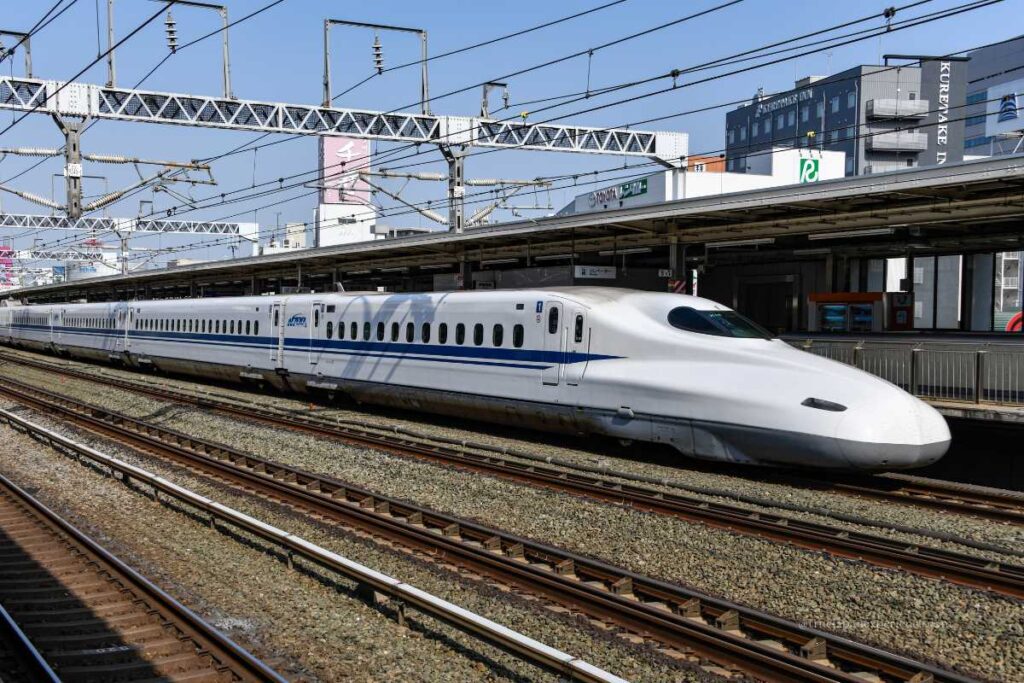
But there is a small catch about which bullet trains you can take.
You can’t use the fastest Shinkansen trains called Nozomi and Mizuho with the JR Pass. They skip many stops and go really fast, but the pass doesn’t cover them. If you want to ride the Nozomi or Mizuho, you’ll need to buy separate tickets and pay extra.
You can use the slower Shinkansen trains like Hikari, Kodama, and Sakura. They stop more often, so the ride takes a bit longer, but the view can be nice, and it’s a great way to see Japan.
On the Tokaido and Sanyo Shinkansen lines, the fastest trains called Nozomi usually have both reserved seats and free (non-reserved) seats. But during busy travel times—like New Year’s holidays, Golden Week, and summer Obon—the Nozomi trains become all-reserved-seat trains. This means there are no free seats at all.
Even if you have a Japan Rail Pass, you must have a reserved seat ticket to ride Nozomi trains during these busy seasons. If you don’t reserve a seat, you won’t be allowed on the train.
So, if you plan to travel on the Nozomi during busy times, it’s really important to book your seat before your trip. This way, you will have a seat guaranteed and your trip will be much more comfortable.
Other Shinkansen trains like Hikari or Kodama often still have free seats and reserved seats even in busy seasons, making them easier to use if you can’t get a reservation for Nozomi.
If you have big bags, there are some new rules on Japan’s bullet trains. When your luggage is bigger than about 160 cm (the total of length + width + height), you need to book a special seat with space for your bags before you get on the train. This booking doesn’t cost extra if you have a JR Pass, but it’s important to do it early.
So, the JR Pass is super easy and saves money if you travel a lot. Just remember, for the fastest bullet trains, you can’t use it, but there are still plenty of great trains to choose from.
When planning your trip with the Japan Rail Pass, it also helps to know which JR company operates in each region. For details, see our guide: Which JR Should I Use in Tokyo, Osaka, Kyoto?. This article explains the differences between JR East and JR West so you can use your pass with confidence.
Cost Comparison and Tips for Your Trip
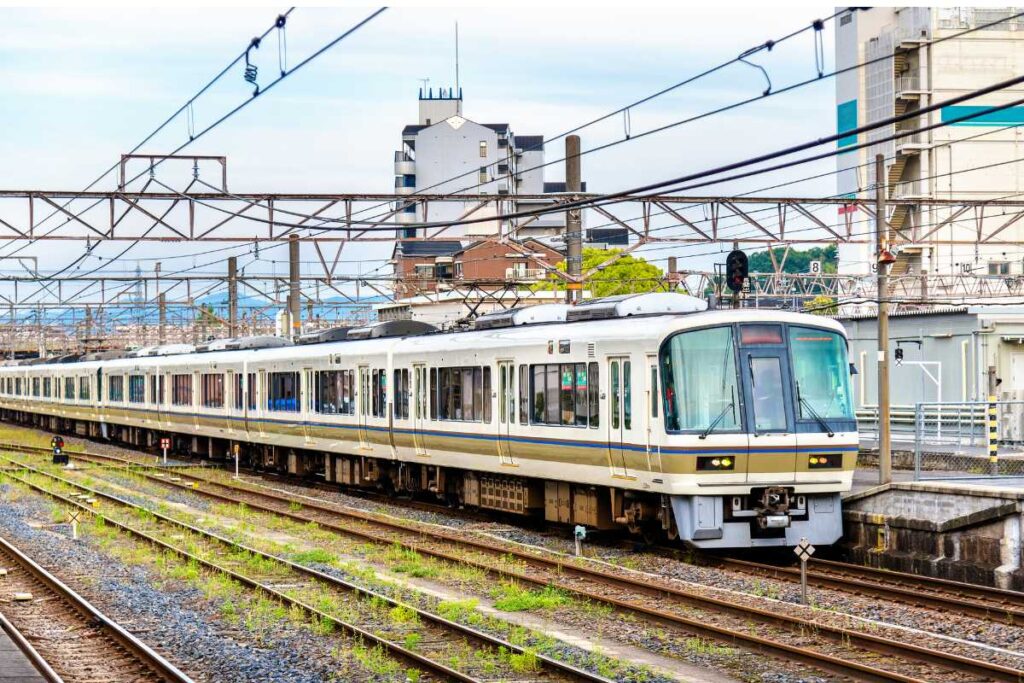
Let’s start with a quick look at the Japan Rail Pass vs Tickets to set the stage for cost comparison and travel tips.
If you plan to travel long distances or visit many cities in Japan, the Japan Rail Pass usually helps you save money.
For example, a 7-day JR Pass costs about 50,000 yen. One-way bullet train tickets between Tokyo and Kyoto cost around 14,000 yen, so a round trip costs about 28,000 yen.
If you make two or more such long trips in a week, the JR Pass might be the better choice for you.
Here, we will compare the Japan Rail Pass with regular JR tickets to help you decide what works best for your trip.
How Much Does the Japan Rail Pass Cost?
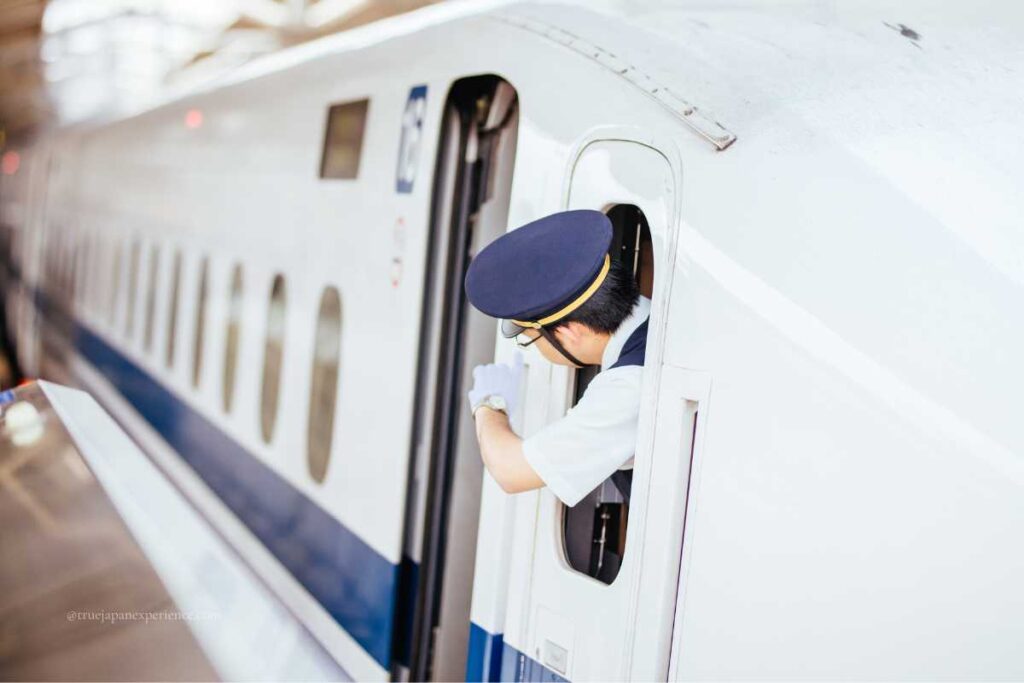
The price for the JR Pass was raised in 2023.
Here are the current costs for the ordinary (regular) pass:
・7-day JR Pass: about 50,000 yen
・14-day JR Pass: about 80,000 yen
・21-day JR Pass: about 100,000 yen
So, the Japan train pass cost is not cheap.
That’s why it’s important to see if it’s worth buying based on your travel plans.
※The prices shown are for 2025 as of September and may change in the future. It’s a good idea to check the latest prices before you buy your Japan Rail Pass, since JR sometimes updates the costs.
Prices may change, so always confirm on the official JR Pass website.
What Are the Usual JR Ticket Prices?
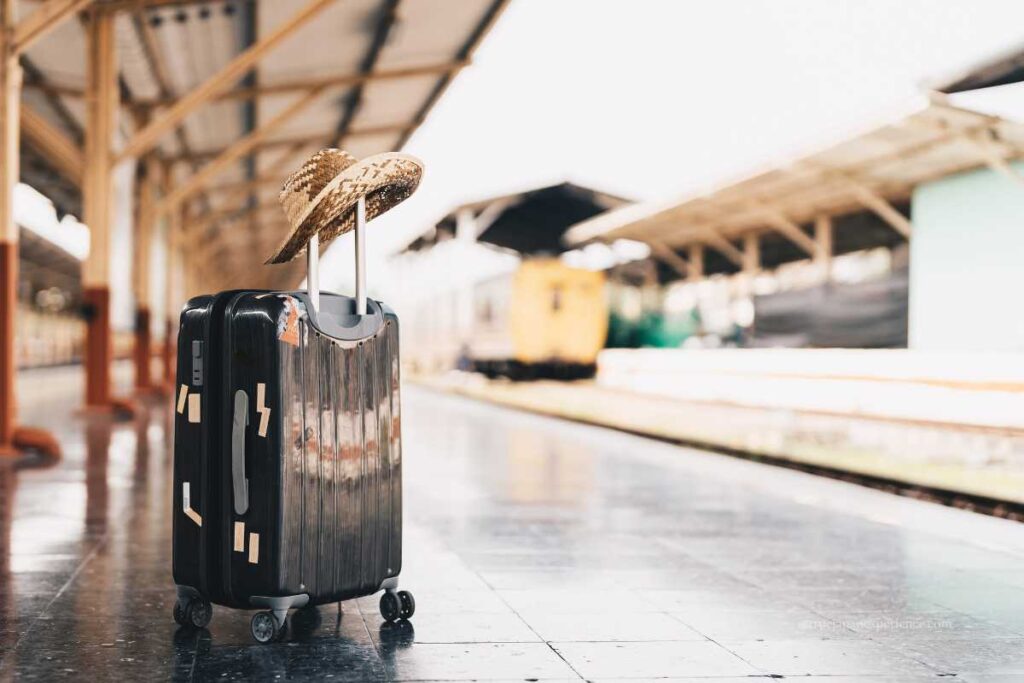
Regular JR train ticket prices depend on the distance you travel.
For example:
Tokyo to Kyoto (one-way): about 14,000 yen
Tokyo to Hiroshima (one-way): about 20,000 yen
If you only make one or two long trips, buying separate tickets may be cheaper than buying a JR Pass. But if you travel many times across long distances, the JR Pass will probably save you money.
Japan Rail Pass vs Tickets

In this section, we will look closely at Japan Rail Pass vs Tickets, helping you understand which option works best for your trip.
Let’s look at when the Japan Rail Pass (JR Pass) is a good deal compared to buying tickets one by one.
Since the price went up in 2023, a 7-day JR Pass costs about 50,000 yen. A one-way ticket from Tokyo to Kyoto on the Shinkansen costs around 14,000 yen. Two round trips between these cities in a week would cost about 28,000 yen.
So, if you plan to make many long trips and visit several cities, the JR Pass can save you money.
For example, the fastest bullet train from Tokyo to Kyoto, called Nozomi, takes about 2 hours and 15 minutes. The JR Pass does not cover Nozomi, but covers the slower trains like Hikari (about 2 hours 40 minutes) and Kodama (about 3 hours 50 minutes).
If you only take one or two long trips or mostly travel short distances, buying single tickets might be cheaper.
Example 14-Day Trip and Cost Breakdown
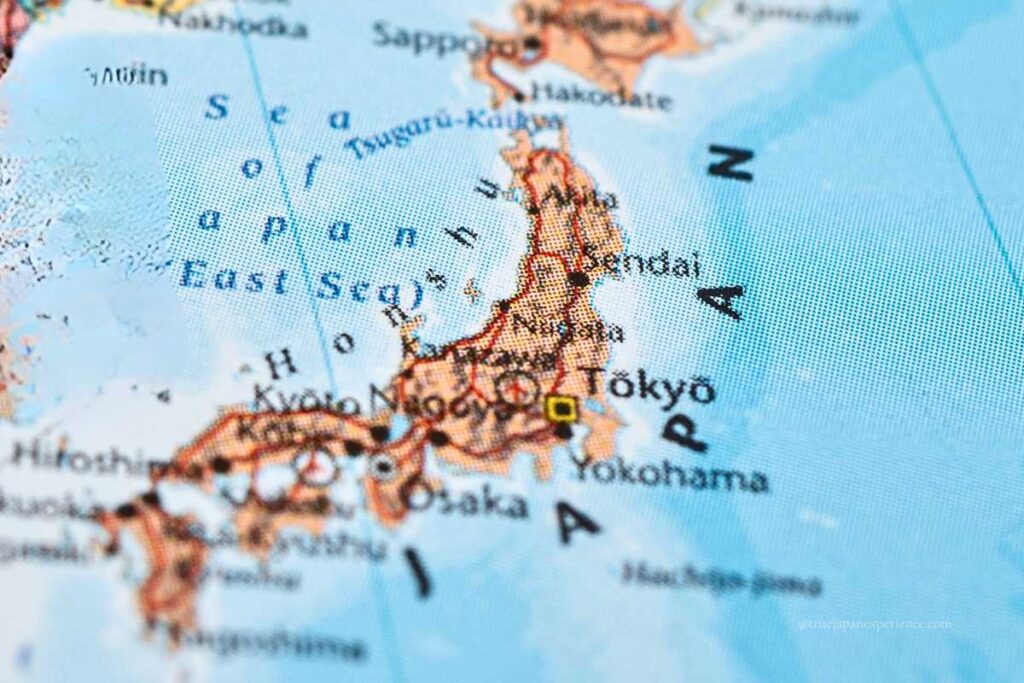
Here’s an example 14-day trip to show the cost difference between buying tickets each time and using a JR Pass.
・Stay 4 nights in Tokyo; use an IC card or credit card for buses and local trains.
・Activate the JR Pass for 7 days.
・Use the JR Pass for long rides: Tokyo → Kyoto → Osaka → Hiroshima (stay 6 nights total).
・After the JR Pass ends, explore Hiroshima by local buses or trains, paying as you go.
・Return to Tokyo from Hiroshima; use the JR Pass if it’s still valid, or buy a ticket.
Here’s the price for one-way tickets and if the JR Pass covers them:
| Route | Price (yen) | JR Pass Coverage |
|---|---|---|
| Narita Airport → Tokyo | 3,070 | Yes (Narita Express) |
| Tokyo → Kyoto | 14,170 | Yes (Shinkansen) |
| Kyoto → Osaka | 1,210 | Yes (JR local train) |
| Osaka → Hiroshima | 10,640 | Yes (Shinkansen) |
| Hiroshima → Tokyo | 19,440 | Yes (Shinkansen) |
| Tokyo → Nikko | 4,000 | Yes (local JR train) |
| Tokyo → Narita Airport | 3,070 | Yes (Narita Express) |
The ticket prices shown are reference prices and can change depending on the season or travel date. Please check the latest prices before your trip.
The prices listed are generally for non-reserved seats. Non-reserved seats do not guarantee a seat and can be crowded during busy times.
The Japan Rail Pass includes reserved seat costs, so if you want a reserved seat, you can book it for free with your JR Pass. This is a great benefit because you don’t pay extra for seat reservations, especially when trains are busy.
Hybrid Use: Mixing JR Pass and Tickets
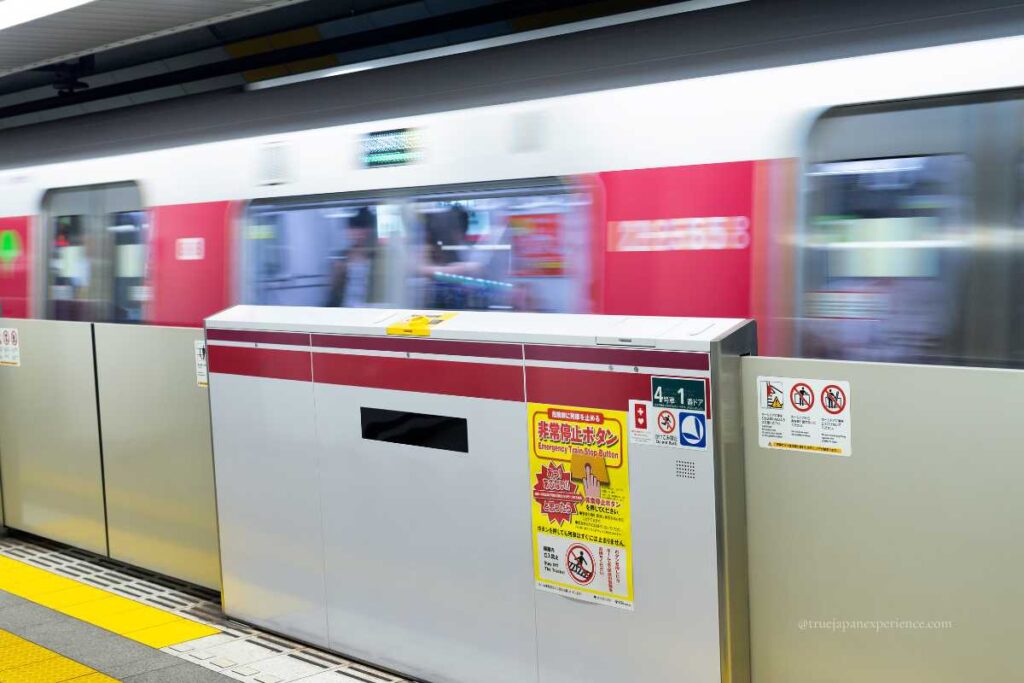
Using both the JR Pass and individual tickets or IC cards can be a smart way to save money and travel easily in many cases. However, depending on your travel plan and route, it may not always save money.
The JR Pass works for long rides on long-distance JR trains, including Shinkansen, but not for subways, buses, or private trains inside cities. You need tickets or an IC card for those rides.
Before choosing between the Japan Rail Pass and regular tickets, you also need to know how to ride trains in Japan. If you are new to Japanese trains or don’t plan to use a pass every day, check our guide: No IC Card? No Problem! Smart Ways to Ride Trains in Japan. It explains simple tips for using trains without an IC card.
Benefits and How to Use Hybrid Travel
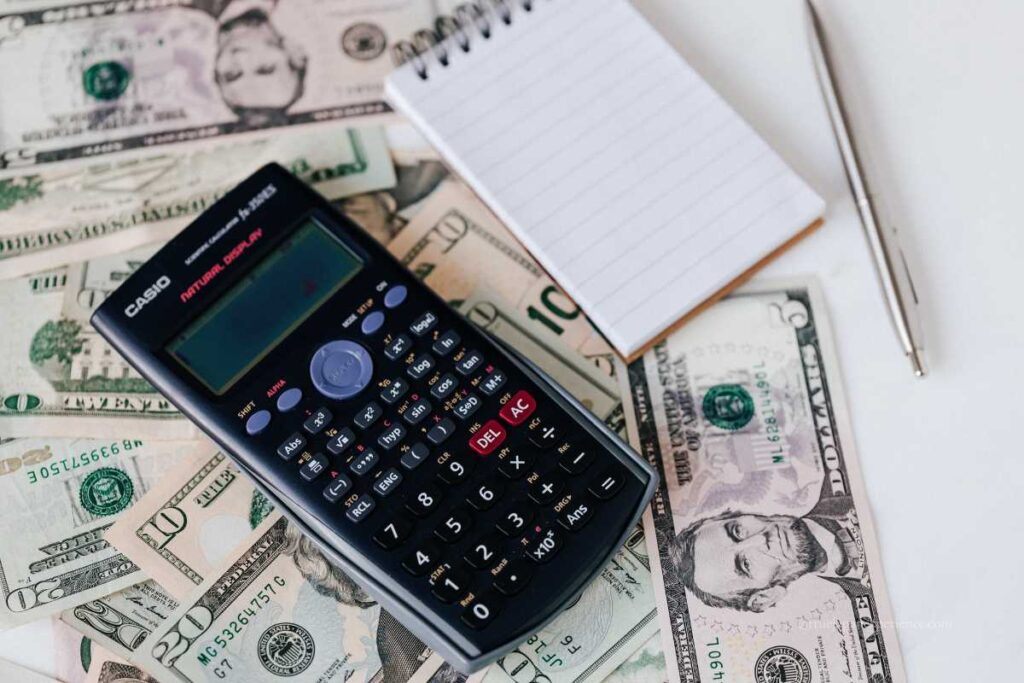
・Use IC cards for rides inside cities, which cost about 1,000 to 1,500 yen per day.
・Activate your JR Pass for your 7-day travel between cities, costing about 50,000 yen.
・After your JR Pass ends, use IC cards again for local trips, costing a few thousand yen.
Use IC cards for city travel. The cost is usually about 1,000 to 1,500 yen per day.
Activate your JR Pass for 7 days of travel between cities, which costs about 50,000 yen.
After your JR Pass expires, use IC cards for local transport again, which may cost a few thousand yen.
This hybrid plan might cost around 57,000 yen in total.
However, whether this saves you money depends a lot on your travel plan. If your long-distance trips during the JR Pass period add up to more than the pass price when bought as single tickets, then using the JR Pass makes sense. Otherwise, buying tickets individually may be cheaper.
It is important to plan your trip carefully and compare costs for your specific routes to get the most value.
How to Decide: Japan Rail Pass Comparison with Tickets

To know exactly which choice is better, you can add your planned train trips to a Japan Rail Pass cost calculator online. This tool compares your total ticket price with the cost of a JR Pass and tells you if buying the pass will save you money.
Here are some key things to remember:
・If you want to see many places and travel more than twice between distant cities, the JR Pass is best.
・If your plan is to stay in one place or move only a few times, buy individual tickets.
・For visits combining short trips in cities and one or two long-distance rides, consider a hybrid approach.
Japan Rail Pass vs Tickets:Conclusion
The Japan Rail Pass vs tickets cost comparison depends on your travel style and places you want to visit. The JR Pass offers convenience and potential savings for travelers on long-distance or multi-city trips.
But if your travel is mostly local or limited to short trips, buying single tickets is often cheaper.
Using a mix of a JR Pass and tickets can be a smart way to balance cost and freedom. Always plan with your trip map and use online fare calculators to check the best option.
Happy traveling in Japan and enjoy your adventure with the right ticket choice for you!






